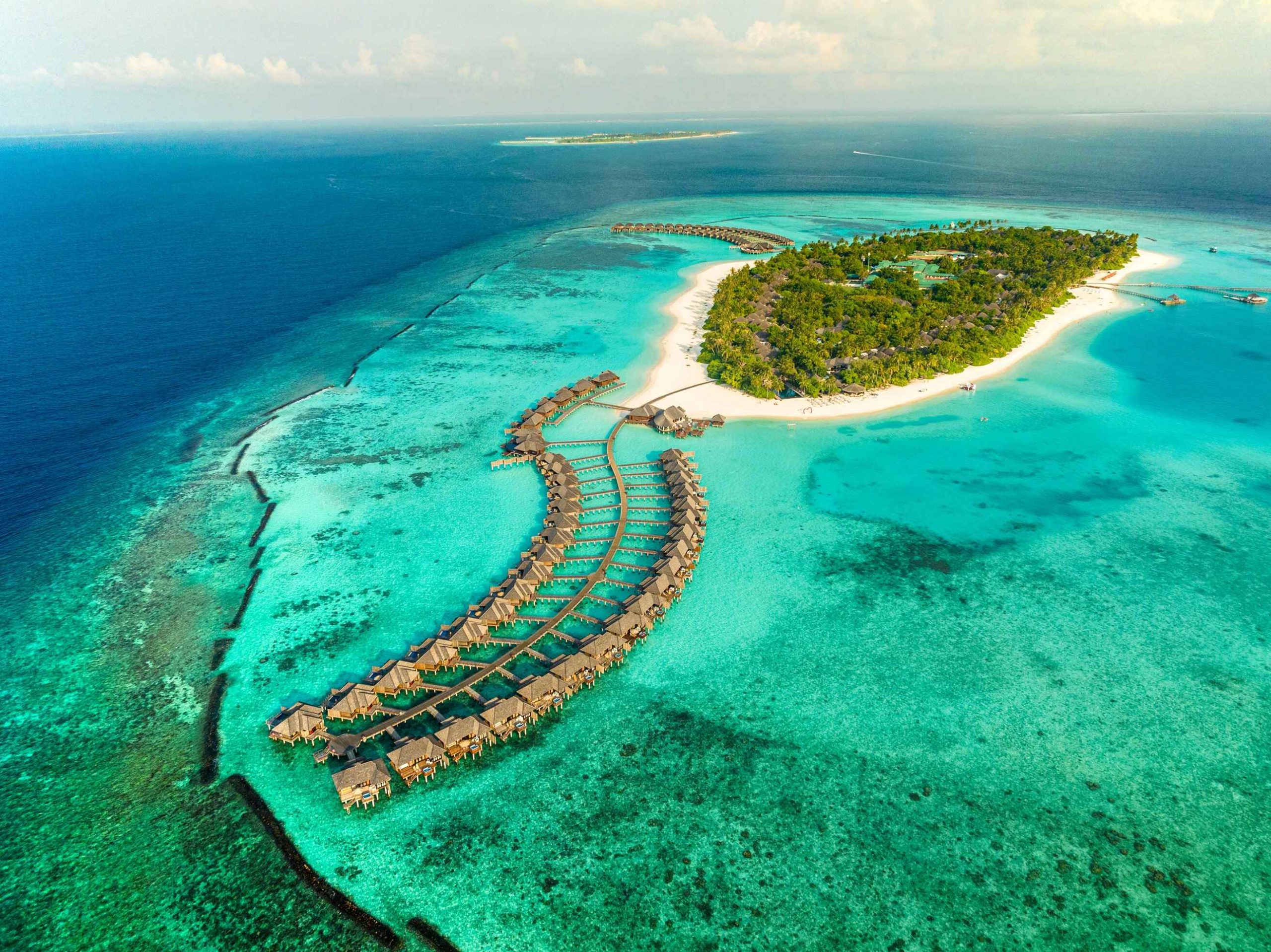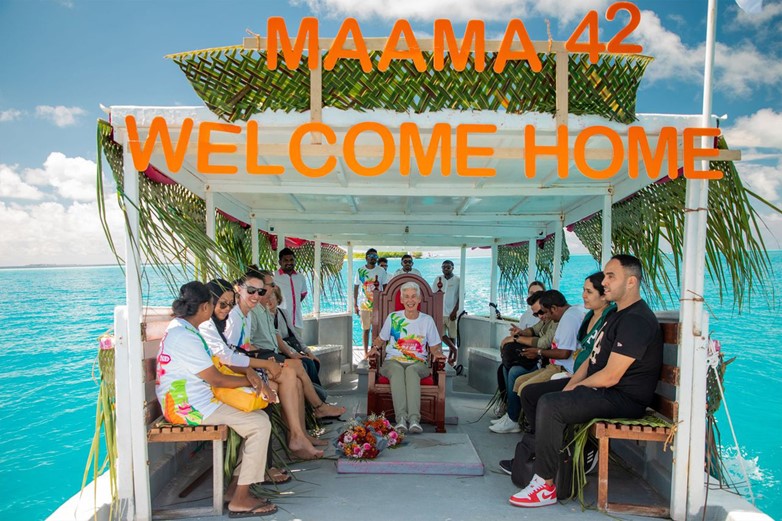Amilla Maldives Resort and Residences has launched a flexible way of dining in the Maldives. The new format allows guests unprecedented access to all seven à la carte restaurants on the private resort island.
Normally, resorts in the Maldives only offer access to one designated restaurant for guests on meal plans. Plans such as Half Board and Full Board exclude their signature restaurant from the deal. But not so with Amilla, where guests can dine in any available restaurant. Guests can even enjoy Amilla’s beautiful signature contemporary Japanese restaurant, Feeling Koi, which is suspended over the glittering lagoon.
The modern and playful Baa Atoll resort is known for its trailblazing ideas. Amilla recently won the coveted Destination Deluxe Wellness Cuisine of the Year 2021 Award for its groundbreaking Wellness Your Way (WYW) programme. While it’s not a wellness resort as such, the WYW concept offers guests on special diets tailored menus at every restaurant. These are separate and comprehensive menus for different dietary options including vegan, keto and gluten-free. This means guests don’t have to ditch their healthy lifestyle when they’re on holiday, and if they have food intolerances they’ll also be able to find plenty of delicious options, too. The special Wellness Your Way menus are available to all guests at no extra charge.
Amilla is also continuing to offer guests the option of a unique Dine Around Inclusive (DAI) package that includes a wide selection of beverages along with meals. It includes a comprehensive selection of cocktails, beer, spirits and wine by the glass and bottle. And if DAI guests want to splash out on a luxury bottle or two, they can choose anything from the full wine and beverages list with exclusive discounts, just for DAI guests. DAI guests also can take advantage of reduced prices on minibar items and receive complimentary Snorkelling Safari and Blue Hole Snorkelling excursions. WYW also features in the wine and beverage lists at Amilla Maldives with a wide selection of organic and sulphite-free wines and sugar-free and probiotic cocktails and mocktails.
Amilla’s restaurants include Barolo Italian Restaurant, Southern Indian thalis at East, crispy pizza at Joe’s Pizza, fresh bites and comfort food at Chill’d Cafe and long lazy al fresco lunches at Emperor Beach Club (EBC). EBC is also the location of Amilla’s ever-changing theme nights, which include Maldivian, Asian, Arabic and Seafood nights. These are all available to all guests for no extra charge.
Breakfast at Amilla is always included free for all guests. The wide variety of options from the cold and hot buffets and a la carte menu include a huge range of wellness food and drink options so guests can start their day of fun in the sun on the right note. All guests at Amilla also have access to free ice cream, all day every day.
For more information and reservations, visit Amilla Maldives’ website.







